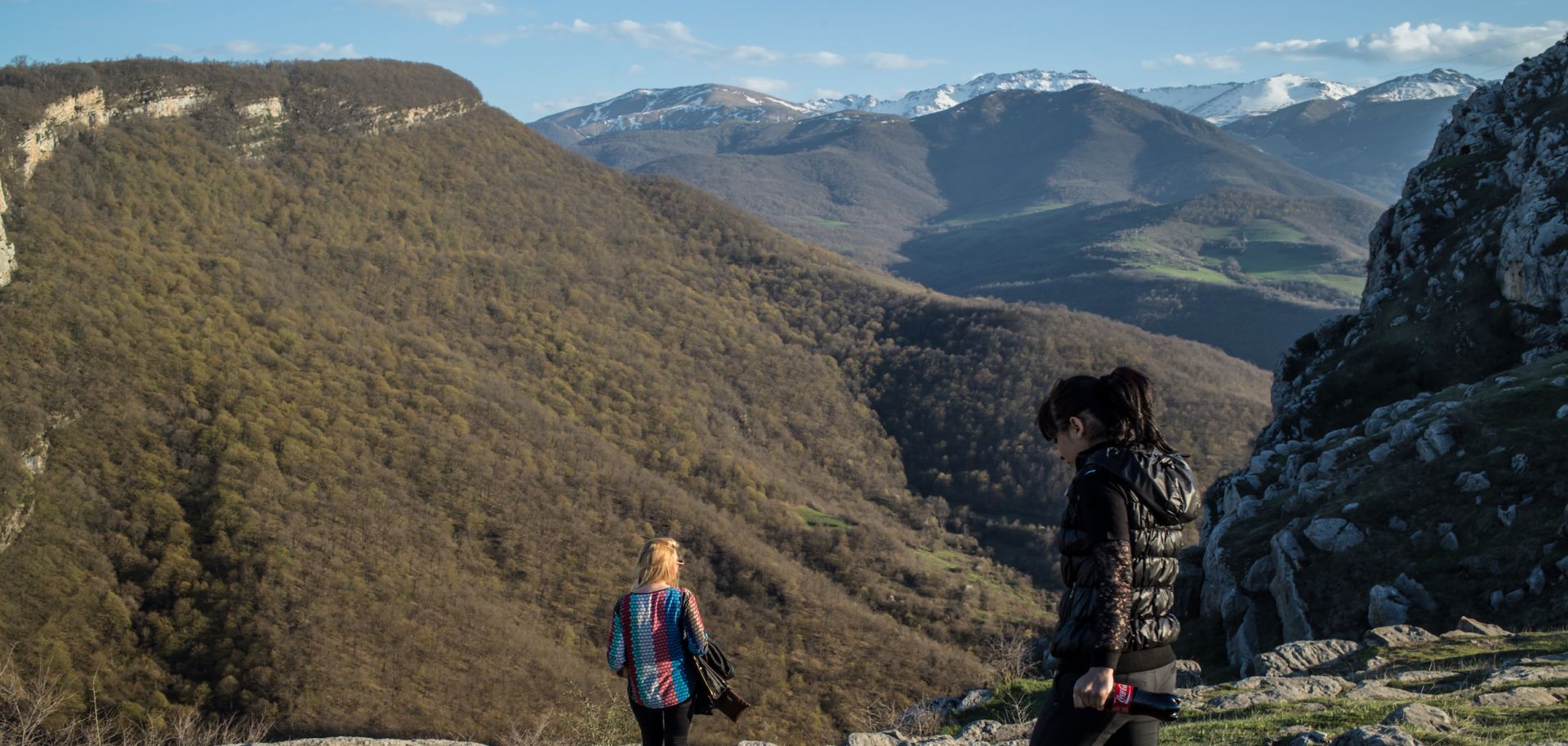The dispute over the contested Nagorno-Karabakh region is nothing new. The conflict has been simmering, and periodically boiling over, since the end of the Soviet era. (Control of the territory, moreover, was a perennial point of contention for centuries prior.) But after Azerbaijani, Armenian and Karabakh leaders signed a cease-fire in May 1994, followed by an agreement in February 1995 to strengthen the truce under the observation of the Organization for Security and Co-operation in Europe (OSCE), the feud quieted down. That is, until early April 2016, when violence broke out anew in Nagorno-Karabakh, marking the most serious escalation since the cease-fire's signing.
Tensions are still running high in the conflict zone more than a year later. In fact, the dispute is the most pressing security threat facing the South Caucasus today. Cease-fire violations are a common occurrence on the line of contact between Azerbaijani and Karabakh forces, and the turmoil...


